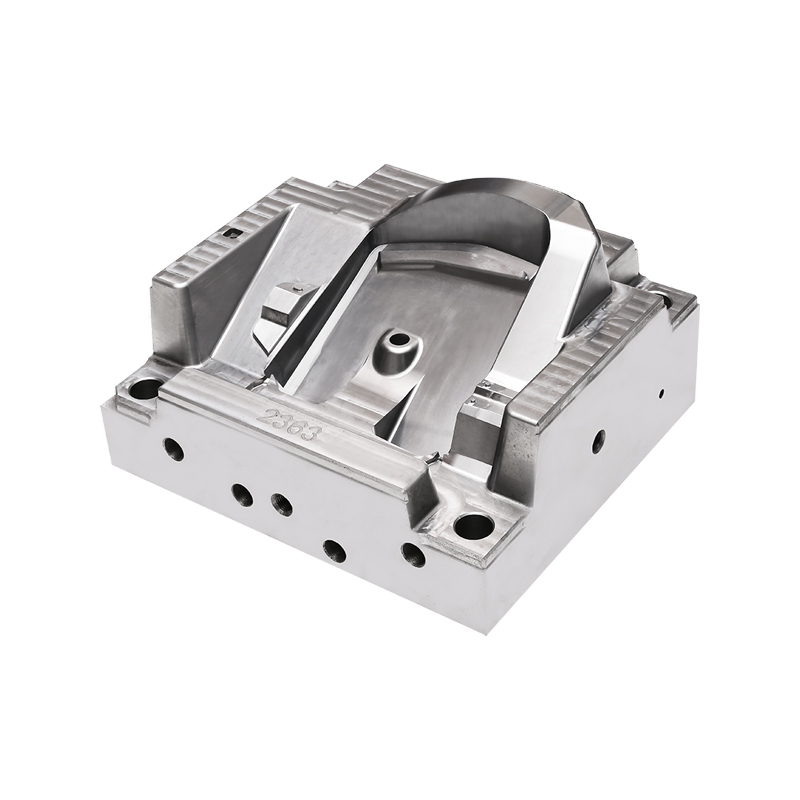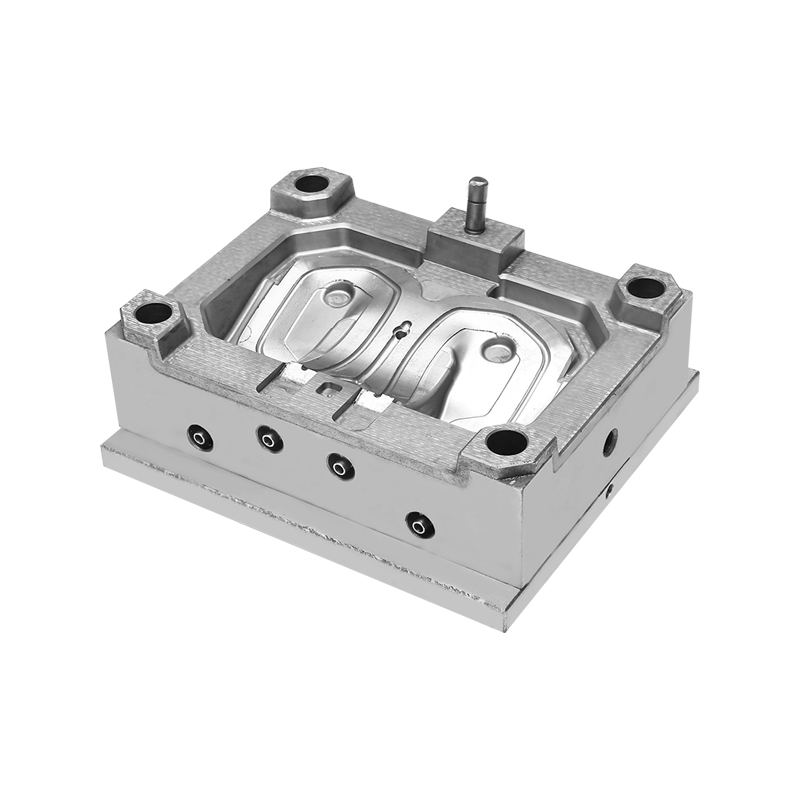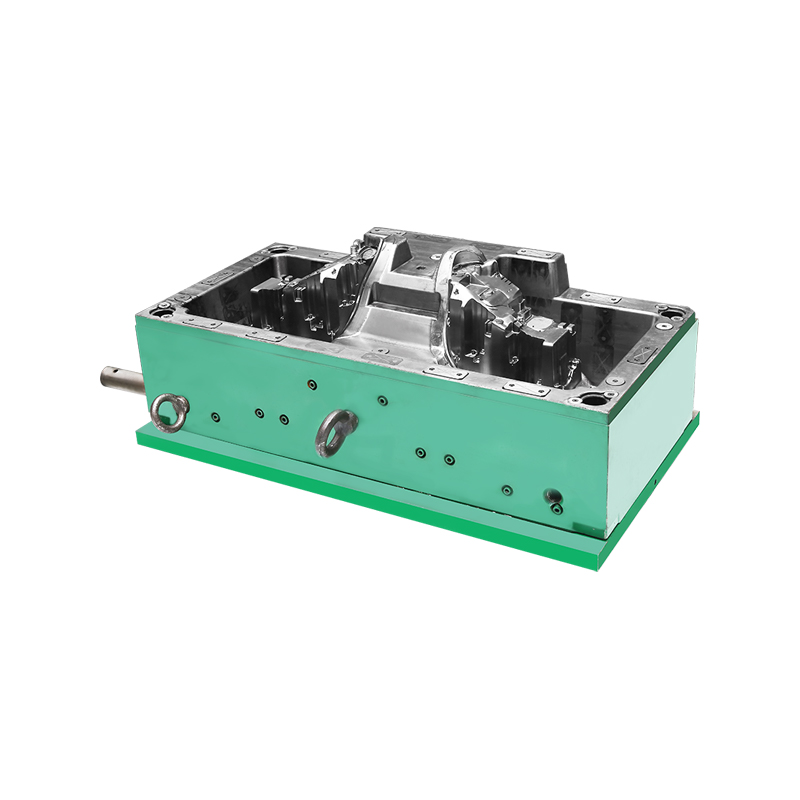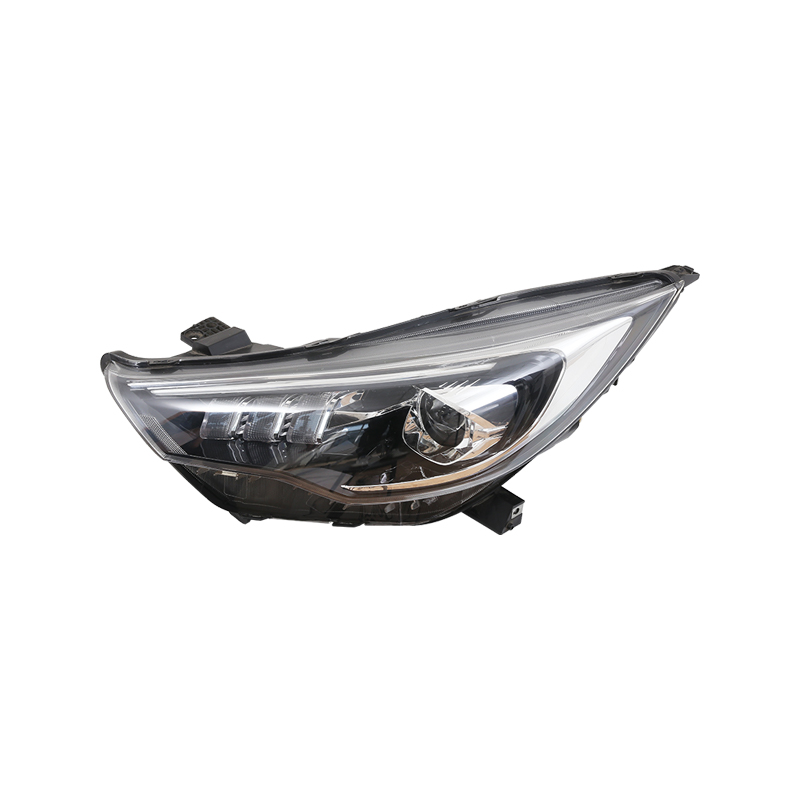The automotive industry is increasingly focused on efficiency, performance, and safety, bring about a growing demand for high-quality components. One of the critical components in this regard is the OEM Automotive Headlight Housing Tooling Plastic Injection Mould.
Understanding OEM Automotive Headlight Housing Tooling Plastic Injection Mould
OEM (Original Equipment Manufacturer) automotive headlight housings are designed specifically for vehicle models, ensuring fit and functionality. The tooling for these housings is typically produced using plastic injection molding, a process that offers precision and repeatability. The OEM Automotive Headlight Housing Tooling Plastic Injection Mould is essential for creating durable and reliable headlight housings, directly influencing vehicle safety and aesthetics.
Key Cost Factors
When analyzing the costs associated with OEM Automotive Headlight Housing Tooling Plastic Injection Mould, several factors must be taken into account:
Material Costs: The materials used in the manufacturing of the molds significantly affect the overall cost. High-quality steel or aluminum is often used for durability, and these materials come with varying price points. Selecting the appropriate material based on the expected production volume and the desired mold lifespan is crucial.
Design and Engineering: The design process for the OEM Automotive Headlight Housing Tooling Plastic Injection Mould requires skilled engineers who can create molds that meet stringent specifications. This involves CAD (Computer-Aided Design) modeling and prototyping, which can add to initial costs. Investing in a well-thought-out design can bring about long-term savings by reducing defects and production downtime.
Machining and Production Costs: Once the design is finalized, the machining process begins. This includes cutting, shaping, and assembling the components of the mold. Advanced CNC (Computer Numerical Control) machines are often utilized, which can be expensive but provide high precision. The complexity of the mold design can also impact machining time and cost.
Testing and Validation: After the mold is created, it undergoes testing to ensure it meets quality standards. This phase may include trial runs to produce sample headlight housings and evaluate their performance. Any necessary adjustments made during testing can incur additional costs but are essential for ensuring quality in production.
Maintenance and Longevity: The durability of the OEM Automotive Headlight Housing Tooling Plastic Injection Mould will affect long-term costs. Regular maintenance is necessary to keep the molds in condition, which can include cleaning, lubricating, and repairing any wear and tear. Investing in quality molds from the beginning can bring about reduced maintenance needs and longer service life.
Total Cost of Ownership (TCO)
To gain a comprehensive understanding of the cost implications of OEM Automotive Headlight Housing Tooling Plastic Injection Mould, it is essential to consider the Total Cost of Ownership (TCO). This concept encompasses not only the initial production costs but also ongoing expenses throughout the mold's lifecycle.
Initial Investment: The upfront costs associated with design, materials, and machining are significant. However, these costs must be balanced against the expected production volume and the quality of the output.
Operational Costs: These include energy consumption during the injection molding process, labor costs for operating machinery, and any consumables used during production. Understanding these costs helps manufacturers budget effectively.
Quality Assurance: The costs associated with ensuring that the produced headlight housings meet quality standards can also add up. Investing in quality control measures can prevent defects, reducing the risk of recalls or warranty claims.
Potential Savings: A well-designed and manufactured OEM Automotive Headlight Housing Tooling Plastic Injection Mould can result in significant savings over time. This includes reduced waste, lower rejection rates, and faster production cycles.
Economies of Scale
The production volume significantly impacts the cost analysis of OEM Automotive Headlight Housing Tooling Plastic Injection Mould. As production volumes increase, the fixed costs associated with mold creation are distributed over a larger number of units, effectively reducing the per-unit cost. Manufacturers must carefully evaluate their expected production needs to make informed decisions regarding mold investment.

 English
English 中文简体
中文简体 русский
русский Español
Español








